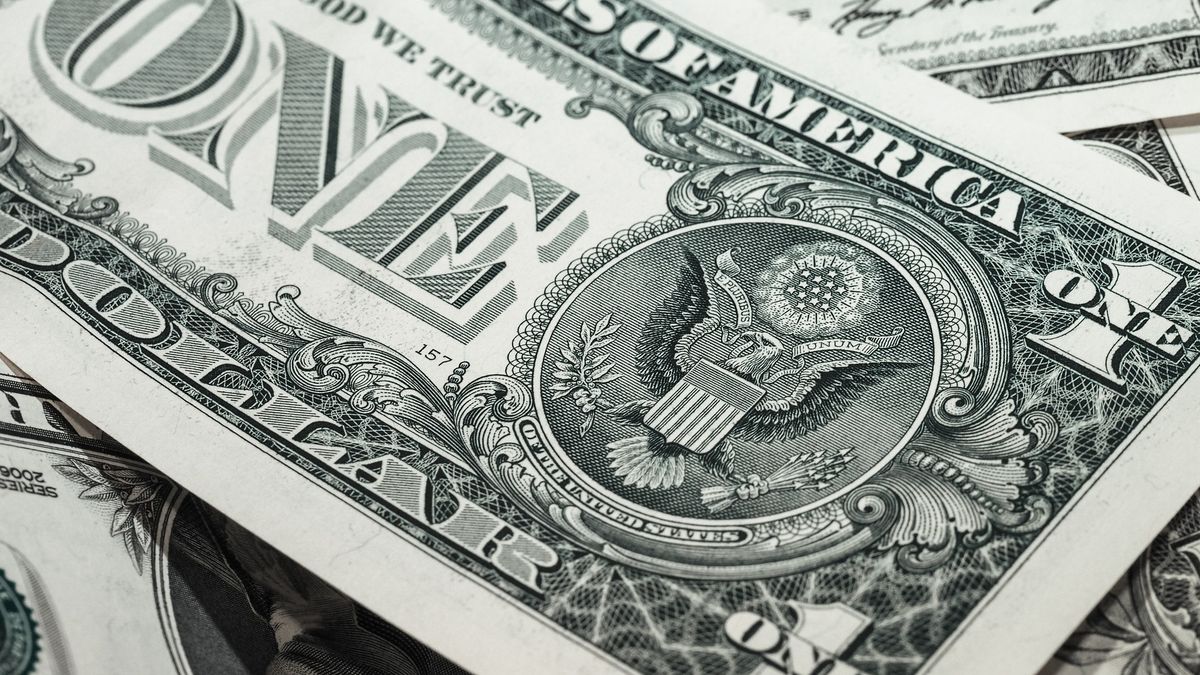At the same time, “carry-trade” tactics are accentuated, given the increasing rates offered by instruments in pesos, in a week in which some restrictions that weighed on these exchange rates were also lifted, which helped their higher decompression.
On a very positive day for risk assets in the world and the region (European stock markets flew up to almost 8%), the dollar “counted with liqui” (CCL) -operated with the Global 2030 bond- it sank $4.93 (-2.5%) to $193.74, its lowest value in 4 months, with which the gap with the official was reduced to 78.6% (lowest since the beginning of October).
While, the MEP dollar-also valued with the Global 2030 bond- it fell $3.69 (-1.9%) to $190.85, leaving a spread of 75.6%. In the last part of the session, it even traded below $190.
For Lucas YacheHead of Strategy and Investments of Liebre Capital, different drivers are pushing down stock exchange rates: “The rally in agricultural commodities, already approaching the bulk of the harvest; the appreciation of the Brazilian real and higher inflation at that support the real exchange rate”.
But in addition, the approach to the approval of the agreement with the IMF in Congress “without a doubt is a point that plays in favor in terms of expectations, as well as the interest rate hikes by the BCRA,” added Yatche to Ambit.
For his part, the economist Gustavo Ber told this medium that among the factors that explain this performance of the CCL and the MEP are the “Greater arbitrations towards the ‘carry trade’, betting on contracting the gap since placements in local currency would beat the dollar, something that has been working tactically.”
Investor appetite is mainly channeled into instruments that adjust for CER (inflation), given the market’s expectation that the CPI for the coming months will remain very firm and close to 4%. But also, they look favorably on the bonds tied to the Badlar rate, betting on new rate hikes, on the way to real yields, as is clear from the agreement with the IMF.
Other market sources linked these crashes -in part- to the income of productive investments, added to the possible change of expectations of some funds “that were leaving at any price, and that now prefer to wait in pesos, so as not to validate such a high exchange rate.”
Let’s remember that the dollar counted with liqui reached over $230 at the end of January, prior to the announcement of the principle of understanding between Argentina and the IMF. From there, the gap has already narrowed by almost 45 percentage points, to below 80%. “I think there may be room for up to a 60% gap if the approval goes ahead, beyond the jerks, and implementation of the agreement with the IMF,” Ber estimated.
In the exchange wheel, meanwhile, the The Central Bank ended with a slightly positive balance this Wednesday (US$1 million), with which so far in March it has accumulated purchases for some US$450 million. This is the best start to the month in the last four months, a fact that may encourage expectations of an incipient recovery of reserves in a scenario of less tension, in the midst of the legislative debate on the agreement with the International Monetary Fund. Thus, the positive annual balance exceeds US$120 million.
The president’s administration Alberto Fernandez seeks to achieve a commission opinion so that the issue is dealt with this Thursday in the Chamber of Deputies, after differences within the official legislators. However, it is not ruled out that an alternative project ends up being negotiated so that the initiative is not rejected by the opposition.
In this context, the Argentine country risk collapsed this Wednesday 88 basic points, to 1,892 units, after scoring a historical maximum level of 1,991 units last Monday. “With a calm exchange rate and in this context, for those who have pesos, a good option could be to buy bonds in dollars with pesos,” they said from Portfolio Personal Inversiones (PPI).
The new agreement with the IMF, which has yet to be approved by the international credit institution, establishes that the payment period for each disbursement is 10 years, with a grace period of four and a half years, so the country it will start paying off the debt in 2026 and end in 2034.
official dollar
In the official market, the savings dollar or solidarity dollar -retail plus tax- up 51 cents to $188.69 on average, about $2 below the MEP dollar, the narrowest gap in more than 4 months. is that the dollar -without taxes- increased 31 cents at $114.37, according to the average in the main banks of the financial system. In turn, the retail value of the currency at Banco Nación rose 25 cents to $114.
For his part, the wholesale dollar, which is directly regulated by the BCRA, rises 14 cents to $108.70.
Unlike financial exchange rates, the The blue dollar accelerated its rebound this Wednesday, reaching almost $205, according to a survey of Scope in the Foreign Currency Black Market.
After falling $10 last week, in what was its biggest drop in more than 15 months, and reaching close to $200 last Monday, the parallel dollar climbed $2.50 to $204.50, despite the crashes suffered by the MEP and the CCL in the stock market. This way, the gap with the official amounted to 88.2%.
The uncertainty prior to the announcement of an understanding between Argentina and the IMF over the debt had caused the blue dollar to skyrocket, reaching $223.50 on Thursday, January 27, its nominal historical maximum so far. Since then, he accumulates a low $19.
Source: Ambito
David William is a talented author who has made a name for himself in the world of writing. He is a professional author who writes on a wide range of topics, from general interest to opinion news. David is currently working as a writer at 24 hours worlds where he brings his unique perspective and in-depth research to his articles, making them both informative and engaging.




